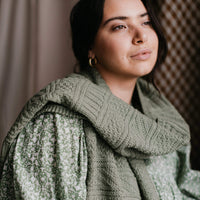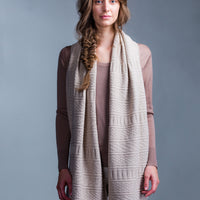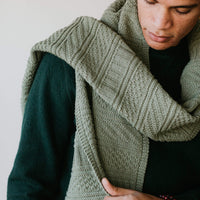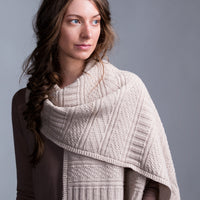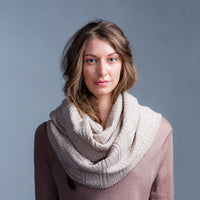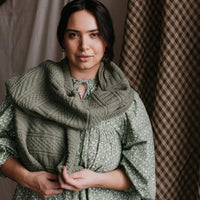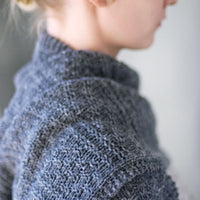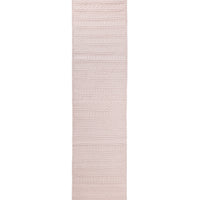Product description
Textured patterns found on traditional fishermen’s sweaters adorn this simple and practical stole. The knitting is straightforward, accessible to the adventurous beginner. The wrap achieves its generous dimensions and fluid drape through the use of blocking wires, typically used to put knitted lace under tension as it dries to open up the stitch motifs. Wires allow for even stretching of the fabric while maintaining a crisp, straight edge on all sides.
Designer: Jared Flood
Collections: Classics; Arbor Launch; BT Essentials
Share
Guernsey Wrap
Fisherman-Inspired Textured Wrap
Languages Available
Skill Level
3 of 5

